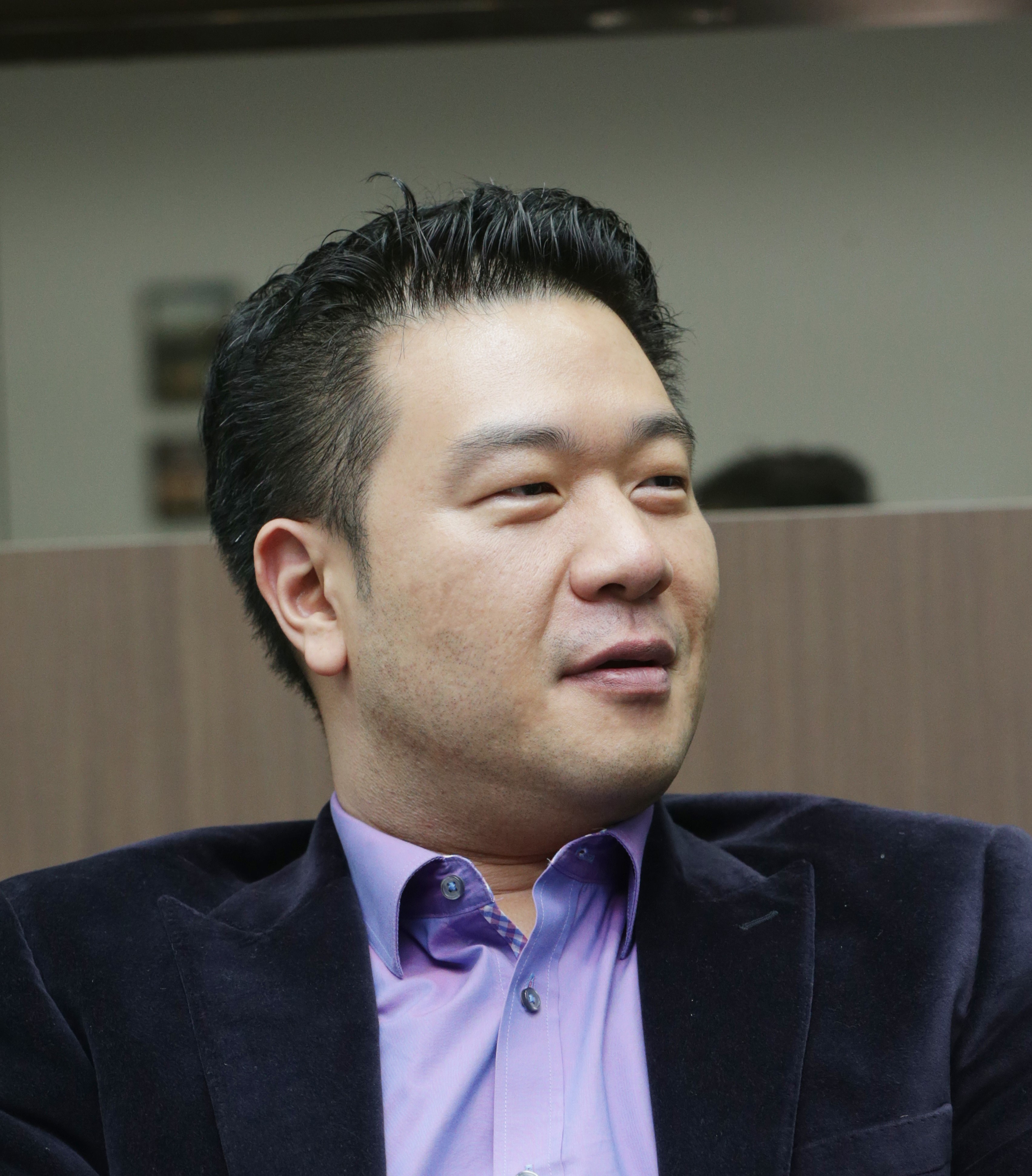Cited By
View all- Lin YSu LChen ULee YWang PChang Y(2024)Pinning, Sorting, and Categorizing Notifications: A Mixed-methods Usage and Experience Study of Mobile Notification-management FeaturesProceedings of the ACM on Interactive, Mobile, Wearable and Ubiquitous Technologies10.1145/36785798:3(1-27)Online publication date: 9-Sep-2024
- Ilo CDiVerdi SBowman D(2024)Goldilocks Zoning: Evaluating a Gaze-Aware Approach to Task-Agnostic VR Notification PlacementProceedings of the 2024 ACM Symposium on Spatial User Interaction10.1145/3677386.3682087(1-12)Online publication date: 7-Oct-2024
- Lee YWu MChang CChang XChang Y(2024)Investigating User-perceived Impacts of Contextual Factors on Opportune MomentsProceedings of the ACM on Human-Computer Interaction10.1145/36765148:MHCI(1-28)Online publication date: 24-Sep-2024
- Show More Cited By


